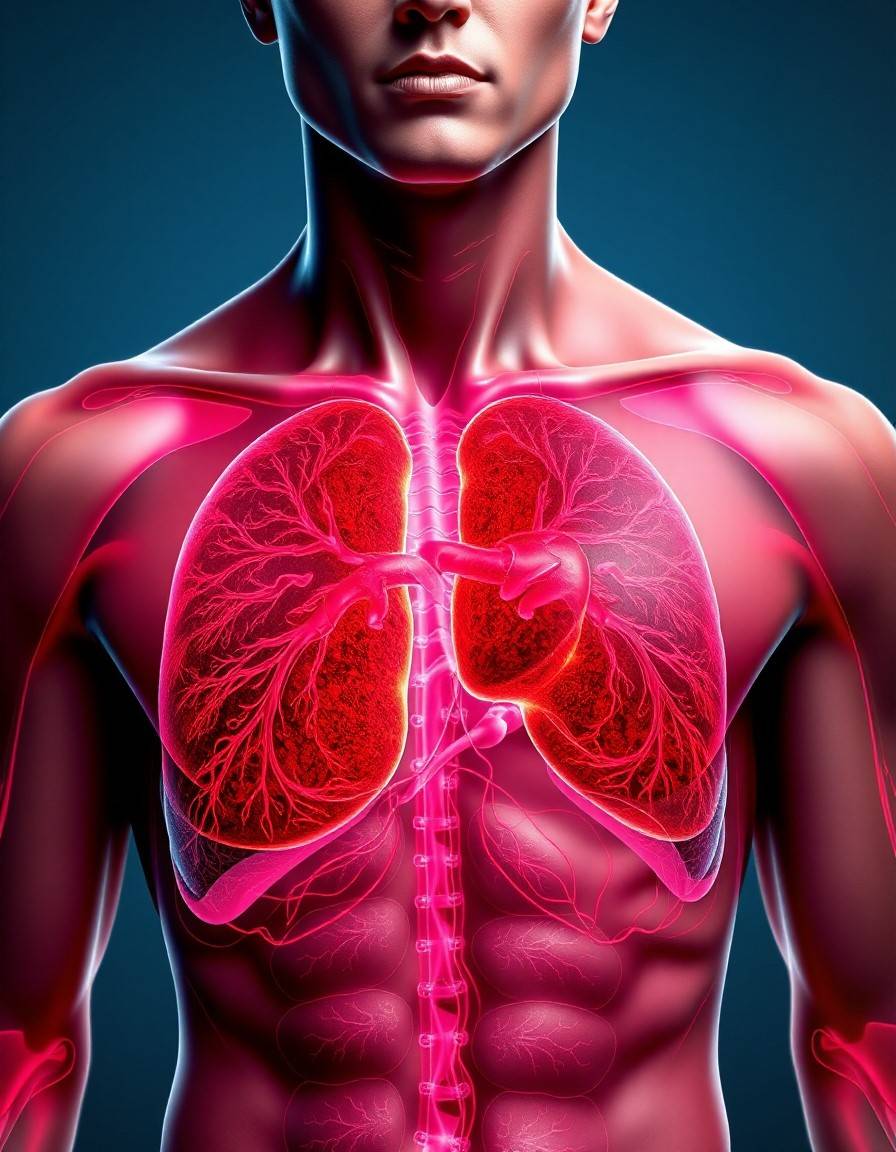Discover expert insights on breast cancer in males. Learn symptoms, risk factors, and treatment options. Get informed about this rare but serious condition now!
Breast cancer isn’t just a woman’s disease. Men can get it too. In this guide, we’ll explore breast cancer in men, a rare but serious condition that needs more attention.
Understanding Breast Cancer in Males

Male breast cancer occurs when cells within the breast tissue of a man proliferate uncontrollably. It’s not common, but it can happen. I’ve seen how surprised many men are when they learn about this disease. It’s crucial to understand that all individuals, regardless of gender, possess breast tissue.
How Common is Breast Cancer in Men?
Let’s look at some male breast cancer statistics:
- Around 1% of all breast cancer diagnoses are in men.
- In 2024, it is estimated that about 2,800 men in the United States will be diagnosed with breast cancer.
- A man’s chance of developing breast cancer at some point in his life is roughly 1 in 726.
I find these numbers surprising. While it’s rare, it’s clear that male breast cancer awareness is crucial.
Recognizing the Signs
Knowing the male breast cancer symptoms can save lives. Here’s what to watch for:
- A lump in the breast or chest area
- Nipple changes (like pulling in or discharge)
- Skin changes (redness, scaling, or dimpling)
- Swelling in the chest
I always tell my friends, “If you notice anything unusual, see a doctor right away.” Early detection can make a big difference.
Risk Factors for Breast Cancer in Males
Grasping the risk factors for male breast cancer is crucial. Some factors include:
- Age: Most male breast cancer cases are diagnosed in men aged 60 to 70 years.
- Having immediate family members diagnosed with breast cancer elevates your risk.
- Genetic factors: Changes in genes like BRCA1 and BRCA2 can play a role.
- Hormone levels: Higher estrogen levels can increase risk.
- Liver disease: This can affect hormone balance.
- Obesity: Extra body fat can lead to higher estrogen levels.
I’ve seen how knowing these risk factors can help men be more vigilant about their health.
Diagnosing Breast Cancer in Males
When a doctor suspects male breast cancer, they employ various diagnostic tests, including:
- Physical exam
- Mammogram (an X-ray of the breast)
- Ultrasound
- Biopsy (taking a small sample of tissue to check under a microscope)
In my experience, many men feel uncomfortable about these tests, especially mammograms. But remember, it’s a crucial step in getting the right care.
Types of Male Breast Cancer
The most common types include:
- Invasive ductal carcinoma (IDC) begins in the milk ducts and spreads to adjacent tissues.
- Ductal carcinoma in situ (DCIS): This is when abnormal cells are found in the milk ducts but haven’t spread.
- Inflammatory breast cancer: A rare, aggressive type that makes the breast red and swollen.
Understanding these types helps in planning the best treatment.
Treatment Options
Male breast cancer treatment usually involves a mix of approaches:
Surgery
The main options are:
- Mastectomy: Removing all breast tissue
- Lumpectomy: Removing the tumor and some surrounding tissue (less common in men)
Radiation Therapy
This uses high-energy rays to kill cancer cells. It’s often used after surgery.
Chemotherapy
Drugs that kill cancer cells throughout the body. It may be administered either before or following surgery.
Hormone Therapy
Most male breast cancers are hormone receptor-positive. Hormone therapy can impede the growth and spread of cancer cells.
Targeted Therapy
For cancers that are HER2-positive, special drugs may be used. I have seen how these treatments can be tough, but they’re often very effective. Each man’s treatment plan is unique to his situation.
Living with Male Breast Cancer
A breast cancer diagnosis can be challenging. Here are some tips for coping:
- Learn about your condition
- Seeking support from family, friends, or support groups
- Take care of your health with a good diet and exercise
- Follow up regularly with your doctor
- Be open about your feelings
I’ve met many male breast cancer survivors who say that staying positive and connected with others made a big difference.
Prevention and Early Detection
While you can’t prevent all cases of male breast cancer, you can reduce your risk:
- Maintain a healthy weight
- Exercise regularly
- Limit alcohol
- Knowing your family history
- Do regular self-exams
- Report any breast changes to your doctor quickly
I always encourage men to be aware of their bodies and not ignore any changes.
Male Breast Cancer Awareness
Increasing breast cancer awareness for men is crucial. It’s not widely known that men are also susceptible to breast cancer. Here are some ways to spread awareness:
- Share information on social media
- Participating in breast cancer walks or events
- Discuss male breast cancer candidly with your friends and family.
I’ve seen how these simple actions can make a big difference in raising awareness.
Research and Future Outlook
Male breast cancer research is ongoing. Scientists are working to:
- Understand why some men get breast cancer
- Develop better treatments
- Find ways to detect male breast cancer earlier
The future looks promising, with new treatments and a better understanding of the disease.
Support for Men with Breast Cancer
If you or a loved one is diagnosed with male breast cancer, keep in mind that you are not alone. There are specialized support groups and resources available exclusively for men. These can provide:
- Emotional support
- Practical advice
- Connections with other survivors
I’ve seen how valuable these support networks can be for men going through breast cancer.
FAQs about Breast Cancer in Males
What is the most effective treatment for male breast cancer?
The best treatment for male breast cancer depends on several factors, including the stage of the cancer, its type, and the patient’s overall health. Typically, treatment includes a blend of surgery (often mastectomy), radiation therapy, chemotherapy, and hormone therapy. The exact combination is determined by a team of specialists based on the individual case.
What is the protocol for male breast cancer?
The protocol for male breast cancer typically follows these steps:
- Diagnosis through physical exam, imaging tests, and biopsy
- Staging to determine the extent of the cancer
- Surgery (usually mastectomy) to remove the tumor
- Adjuvant therapy, which may include radiation, chemotherapy, and/or hormone therapy
- Regular follow-ups and monitoring
What is the best imaging for male breast cancer?
Mammography remains the primary imaging technique for diagnosing breast cancer in men. However, because of the small amount of breast tissue in men, ultrasound is often used in conjunction with mammography. In some cases, MRI may also be recommended, especially for high-risk individuals or when other imaging results are inconclusive.
What are the survival prospects for a man diagnosed with breast cancer?
The life expectancy for men with breast cancer varies depending on the stage at diagnosis and the effectiveness of treatment. When caught early (Stage I or II), the 5-year survival rate can be over 90%. Individuals with stage IV disease have a significantly reduced 5-year survival rate, typically around 20%.
It is crucial to understand that these statistics are generalizations, and outcomes can differ for everyone. The chances of a positive outcome are substantially enhanced when the condition is identified and managed early on
Remember, if you have any concerns about breast cancer in males, it’s important to consult with a healthcare professional. They offer tailored advice that considers your circumstances.
Conclusion
Breast cancer in males. is rare, but it’s important to be aware and vigilant. Early diagnosis and treatment are crucial for achieving the best possible results.
- Know the signs and symptoms
- Understand your risk factors
- Don’t hesitate to see a doctor if you notice any changes
- Spread awareness about male breast cancer
By being well-informed and proactive, we can contribute significantly to battling male breast cancer.
Recommended Reading



